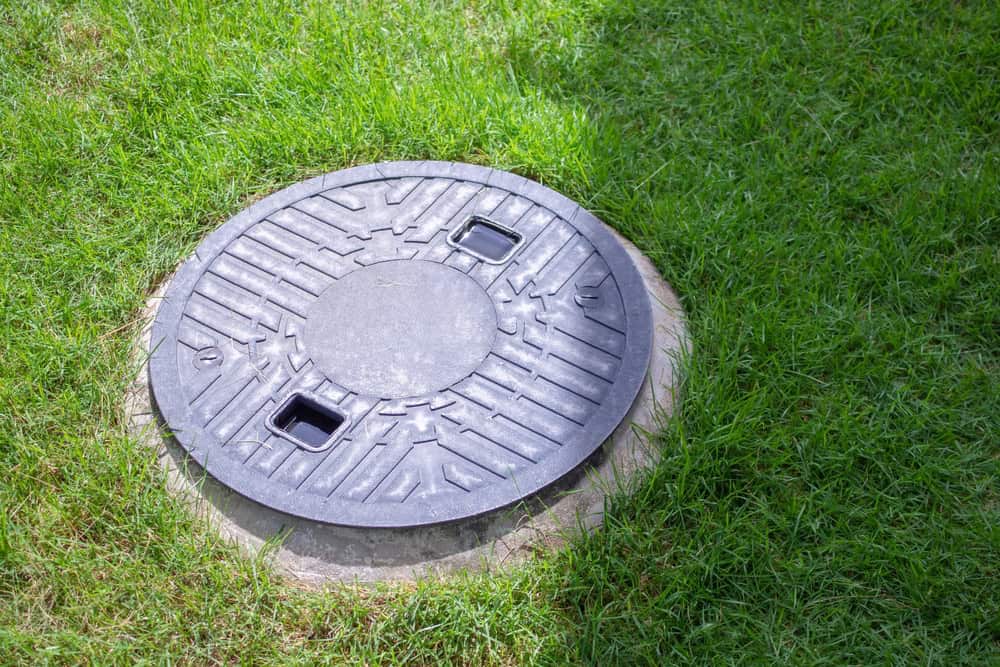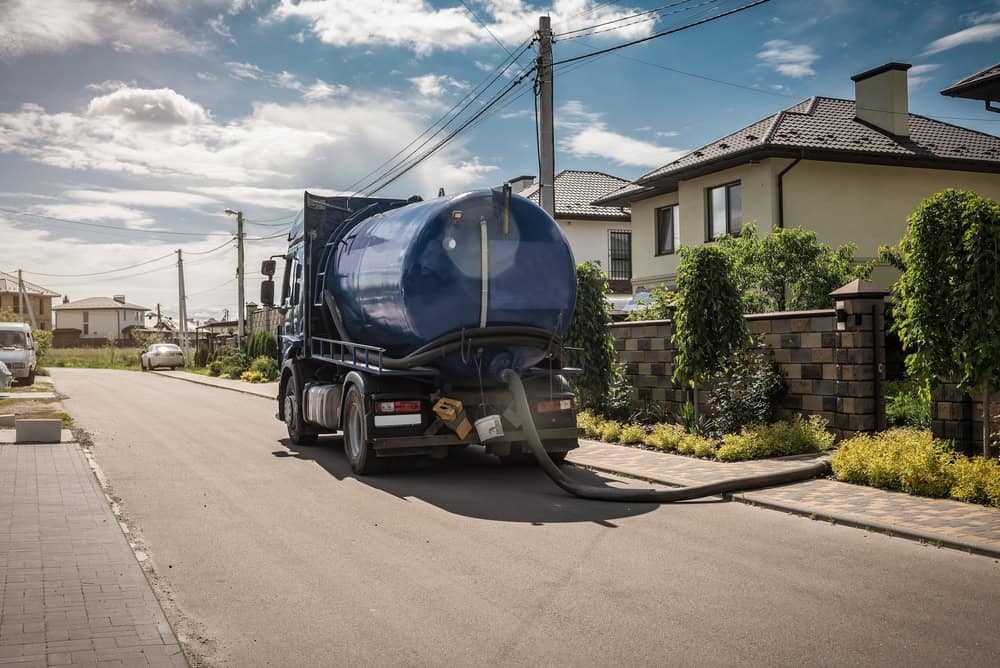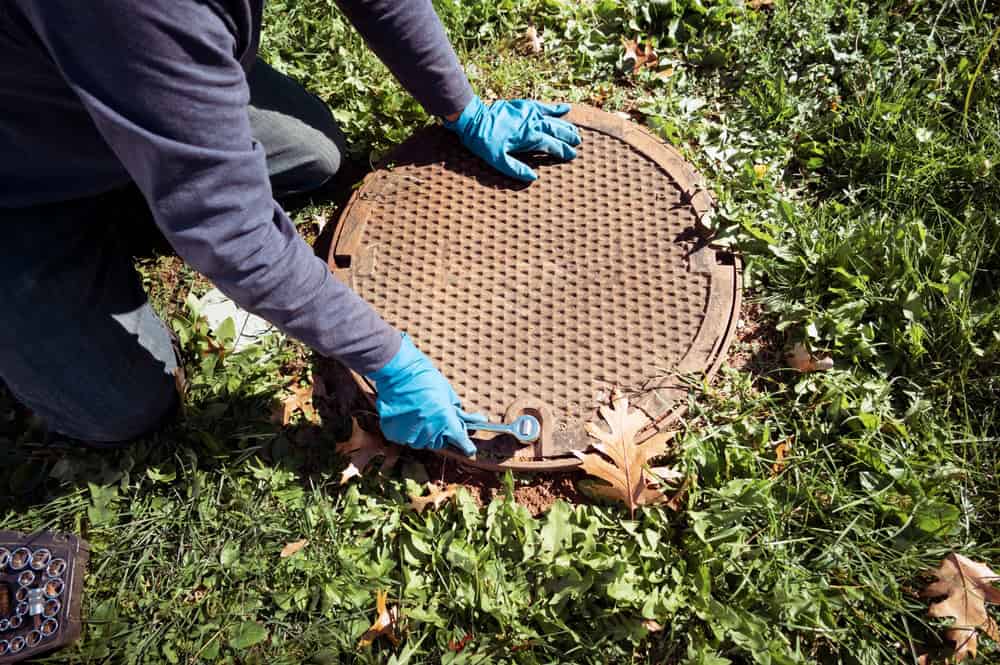Fast, reliable septic tank pumping that prevents backups and protects your Southampton property investment.

Hear from Our Customers

Your septic system works behind the scenes until it doesn’t. When that happens, you’re dealing with backups, odors, and potential property damage that nobody wants to handle.
Regular septic tank pumping keeps your system functioning properly and prevents those emergency situations that always seem to happen at the worst possible time. You get peace of mind knowing your system is maintained, your property value is protected, and your daily routine won’t be disrupted by septic failures.
A properly maintained septic system lasts longer, performs better, and saves you money on costly repairs. You’ll know exactly when your next service is due, what to expect, and how to keep everything running smoothly between visits.
We’ve been serving Southampton and the surrounding areas for years, handling everything from routine maintenance to emergency septic situations. Our team understands local soil conditions, seasonal property usage patterns, and the specific challenges that Southampton septic systems face.
You’re working with professionals who know the difference between a quick fix and a proper solution. We use professional-grade equipment and follow proper disposal procedures, so you get service that’s done right the first time.
We focus on transparent communication and fair pricing because septic issues are stressful enough without worrying about hidden fees or unclear explanations.

The septic pumping process starts with locating and accessing your septic tank, which we handle efficiently without damaging your landscaping. Professional vacuum equipment removes accumulated solids and liquids from all compartments of your tank.
During pumping, our technician inspects your system for signs of damage, wear, or potential issues that could cause problems down the road. You’ll get a clear explanation of what we found and any recommendations for maintaining your system.
After pumping is complete, the tank is properly closed and the work area is cleaned up. You’ll receive information about when your next pumping should be scheduled based on your household size, usage patterns, and system capacity. The waste is transported to approved disposal facilities following all local regulations.

Ready to get started?
Our septic tank pumping service includes complete removal of accumulated solids and liquids, thorough system inspection, and maintenance recommendations tailored to your specific situation. You get more than just pumping – you get a comprehensive evaluation of your system’s condition.
Our service covers all types of septic systems common in Southampton, from conventional systems to more complex installations. Emergency pumping is available when you’re dealing with backups or system failures that can’t wait for regular business hours.
Each service includes proper documentation of what was found, recommendations for future maintenance, and scheduling guidance to keep your system operating efficiently. You’ll understand exactly what’s happening with your septic system and how to maintain it properly between services.

Don’t let cesspool issues disrupt your day. Reach out now for a free estimate and expert service.
©2025 Quality Cesspool All Rights Reserved. SEO Company NYC – Web Design & SEO by Hozio